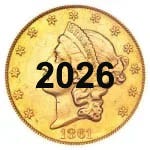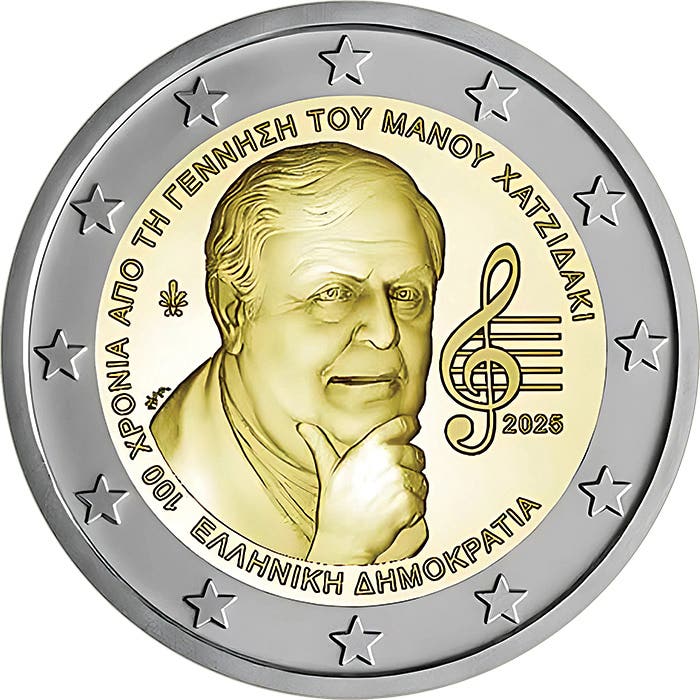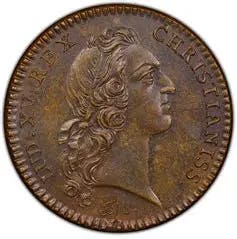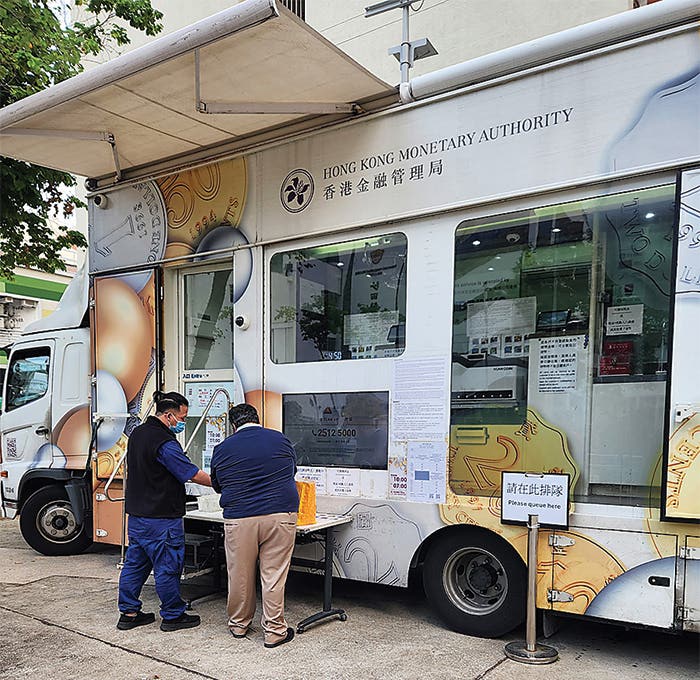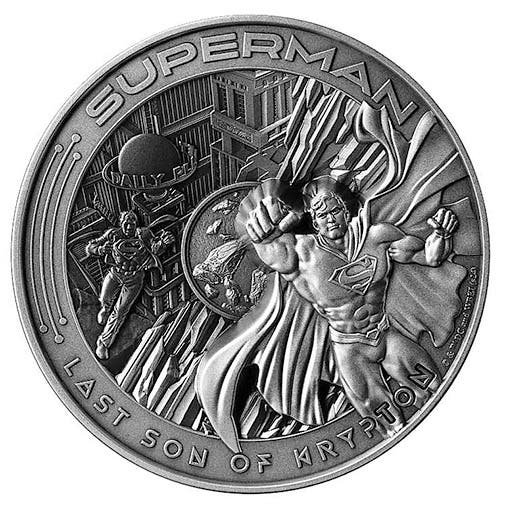Fiji rarity snagged off eBay listing
By Kerry Rodgers eBay is full of surprises. A patient and regular winnowing of the dross can yield the occasional gleam of pure gold. A choice nugget emerged in March…
By Kerry Rodgers
eBay is full of surprises. A patient and regular winnowing of the dross can yield the occasional gleam of pure gold. A choice nugget emerged in March when a Spanish vendor offered a Fiji Banking and Commercial Co. five-shillings note dated “1 December 1873,” P-19.
The note came foxed, soiled, crumpled, torn, parted along folds, crudely patched, and with a large hole in the upper left face. The hand-stamped serial numbers, “707,” have been touched-up with black ink. At best it grades Good, not that it matters. It is an issued and uncanceled note of FBCC. It is historically important and a great rarity.
In July 2002 Australia’s Noble Numismatics sold a number of printer’s proofs of FBCC notes. These ranged from five shillings to 10 pounds, P-19 to P-23. All had been printed by Schmidt & Co. of Auckland, New Zealand.
To the best of this author’s knowledge, and that of other collectors and dealers consulted in recent weeks, no other currency note of FBCC has appeared on the market for at least three decades. None of these folk could recall any issued notes of this company changing hands at any stage of their careers.
Further, no examples of issued FBCC notes are known in any archive or museum collection apart from a single, aberrant dollar issue, Fiji P-S211. Even if there are sleepers out they do not make the present, much-abused five shillings any less important.
A high resolution scan points to it being the real McCoy. All aspects of the black design match those of the five shillings printer’s proof sold by Nobles in 2002. However, it lacks the green underprint of that proof that included a large “FIVE.” If this was once present all traces have vanished as could happen if a fugitive color was used for this aspect of the printing. More likely, this under print may have been absent from the issued notes as was the case with the pound and five pounds, P-21, -22.
The date of issue, Dec. 1, 1873, is the note’s most interesting aspect. It is the first day of issue of this note series and falls within the last 10 months of the Cakobau regime prior to the islands being taken over by Britain.
FBCC was a by-product of a Sydney meeting in January 1872 between Fiji’s Premier Woods and New Zealand’s Premier, Julius Vogel. Fiji’s Cakobau regime was struggling to stay afloat. Its financial situation was desperate. The premiers’ discussion saw Vogel return to New Zealand with a package of Fijian securities. He deposited these with the Bank of New Zealand along with a wink and a nod.
Woods returned to Fiji and steered a bill through the Fijian legislature for issue of banking charters. He then granted BNZ monopoly rights throughout Fiji by way of security against loans.
The actual bailout of the Cakobau regime by BNZ came through the efforts of a young Auckland-based clerk, Coleman Phillips. Following a visit to Fiji he persuaded BNZ directors to advance funds to the Fiji government in return for being allowed to set up a finance house in Levuka, then capital of Fiji. Vogel threw his support behind this notion and in June 1873 FBCC was floated in Auckland. It shared directors with BNZ.
On Aug. 18, 1873, an Order in Council established FBCC as the National Bank of Fiji. It had exclusive rights over all banking, financial and mercantile business of the Fijian government. The company opened for business in Levuka on Dec. 3, 1873. Note issues had started two days earlier.
Upon Cakobau ceding Fiji on Sept. 30, 1874, the British government repudiated the legal basis of FBCC and denied it any special privileges. Subsequently BNZ purchased FBCC outright.
The Standard Catalog of World Paper Money has two listings for FBCC. Any FBCC note dated prior to Sept. 30, 1874, is effectively that of the Fijian government central bank of the day, P-19 to P-23.
Those dated post-cession are those of a private bank of issue and bear an appropriate P-S No., P-S211 to P-S215A.
This article was originally printed in Bank Note Reporter.
>> Subscribe today or get your >> Digital Subscription
More Collecting Resources
• Purchase your copy of The Essential Guide to Investing in Precious Metals today to get started on making all the right investing decisions.
• Download The Metal Mania Seminar with David Harper to learn more about the metals market.


